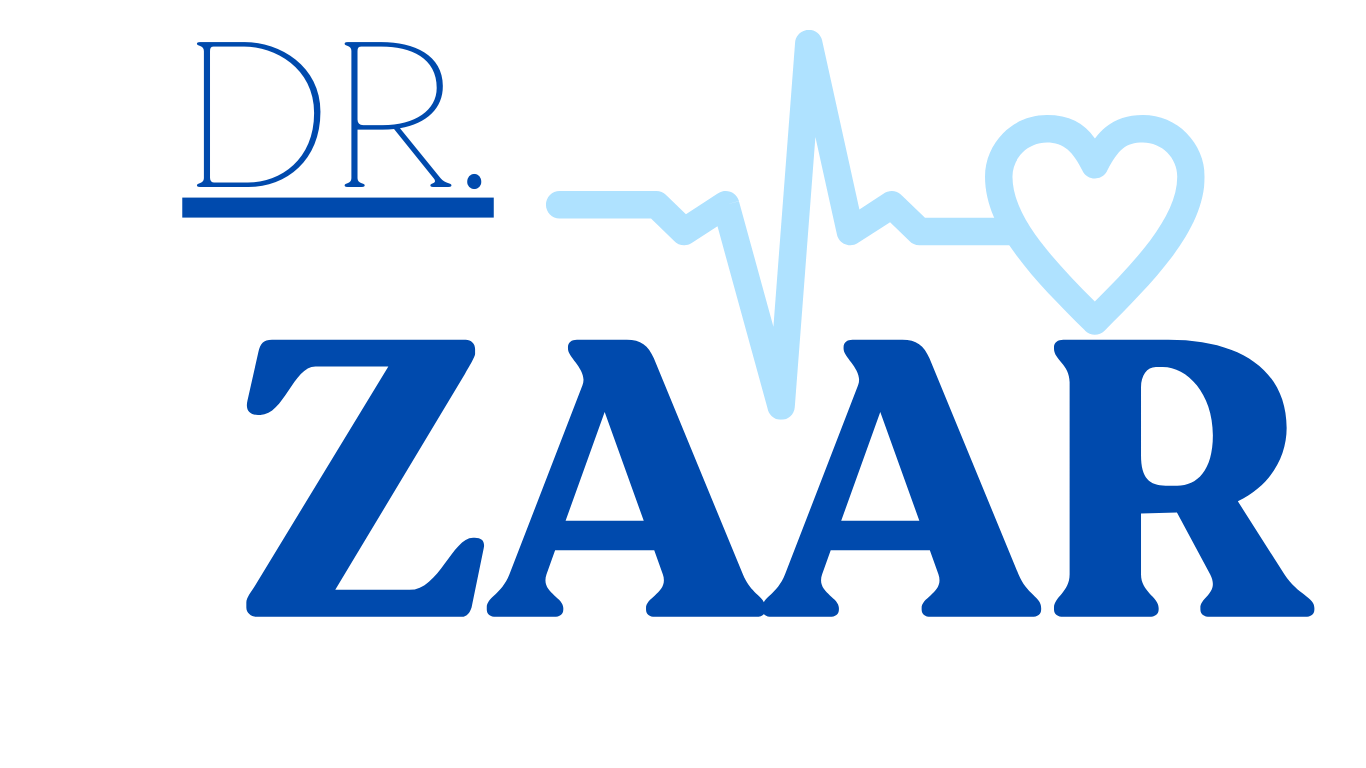Case Study:
Patient: Sarah, a 35-year-old woman
Chief Complaint: Fatigue, weight gain, difficulty concentrating, and hair loss for the past year.
Medical History: Sarah has no significant medical history.
Examination: She appears tired and has slightly puffy eyelids. Her body mass index (BMI) is 28.5, suggesting overweight. Blood pressure and heart rate are within normal limits.
Laboratory Findings:
- Thyroid-stimulating hormone (TSH): 7.5 mIU/L (elevated, indicating hypothyroidism)
- Free T4: 0.8 pg/dL (low, confirming hypothyroidism)
- IGF-1: 75 ng/mL (low, disproportionately low for elevated TSH)
Diagnosis: Hypothyroidism with low IGF-1 levels
Challenges:
- The low IGF-1 level is unusual in hypothyroidism, suggesting a more complex metabolic picture.
- Sarah’s symptoms are not fully explained by hypothyroidism alone.
Further Investigation:
- Ultrasound of the thyroid shows no abnormalities.
- Autoimmune markers for thyroiditis (TPOAb and TgAb) are negative.
- Additional blood tests reveal mild insulin resistance and elevated prolactin levels.
Diagnosis Revised: Subclinical hypothyroidism with secondary IGF-1 deficiency due to combined insulin resistance and hyperprolactinemia.
Treatment Plan:
-
Levothyroxine therapy for subclinical hypothyroidism.
-
Metformin to address insulin resistance and potentially optimize IGF-1 production.
-
Investigation and management of the cause of elevated prolactin, potentially impacting IGF-1 and metabolic function.
-
After 3 months on levothyroxine, Sarah’s TSH normalizes, but her fatigue and weight remain largely unchanged. IGF-1 levels remain low despite improved thyroid function.
-
Metformin improves insulin sensitivity but doesn’t significantly impact weight or fatigue.
-
Further investigations reveal a prolactinoma (non-cancerous pituitary tumor) as the cause of elevated prolactin. Treatment with dopamine agonists successfully lowers prolactin levels.
Outcomes:
- After 6 months of combined levothyroxine, metformin, and dopamine agonist therapy, Sarah’s fatigue and weight improve significantly. Her hair loss stabilizes. Her IGF-1 levels rise to within normal range.
- Sarah continues to be monitored for thyroid function, insulin resistance, and prolactin levels to ensure optimal long-term management.
Discussion:
This case study illustrates the complex interplay between IGF-1 and thyroid dysfunction. Sarah’s discordant presentation highlights the importance of considering:
- Beyond TSH: Measuring IGF-1 levels can provide valuable insights in atypical cases of thyroid dysfunction.
- Holistic Approach: Underlying conditions like insulin resistance or hormonal imbalances can contribute to symptoms and impact IGF-1 levels, requiring comprehensive management.
- Personalized Medicine: Tailoring treatment based on individual factors like thyroid function, metabolic profile, and underlying hormonal imbalances leads to better outcomes.
Conclusion:
Sarah’s case demonstrates the critical role of understanding the intricate tango between IGF-1 and thyroid dysfunction in optimizing patient care. By delving deeper than a single hormonal marker, healthcare professionals can unravel the discordant symphony, compose a personalized treatment melody, and ultimately restore the harmonious symphony of health for individuals with complex metabolic disturbances.
Estrogen Balancing Act in Ayesha’s PCOS.
Case Study: Estrogen Balancing Act: Ayesha, a 28-year-old graphic designer living in Lahore, Pakistan, has struggled with Polycystic Ovary Syndrome.
Read MoreThe Whispers of Estrone: Cognitive Decline.
Introduction: Ms. Elizabeth Brown, 78, is a retired schoolteacher known for her sharp wit and vibrant memory. However, her family.
Read More